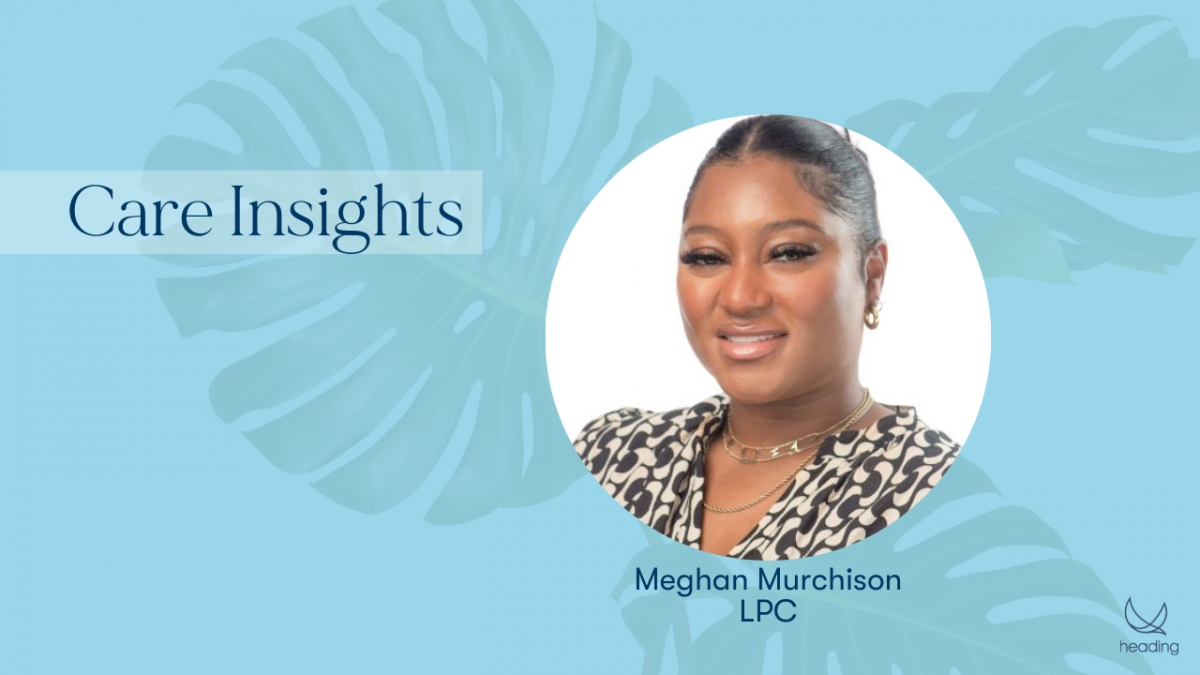5 Tips to Reduce Work Stress with Patricia Hernandez, LCSW a Therapist at Heading in Austin, Texas
5 Tips to Reduce Work Stress with Patricia Hernandez, LCSW a Therapist at Heading in Austin, Texas

Working in a high-pressure job can take a toll on mental health.
Truth is that 85% of Americans note their workplace as stress as significant, and 25% say that work stress is the biggest stress in their life .
Whether it’s on a shift, in the office, over a virtual all, or a bit of all of it, workplace culture and the demand of our jobs has significant impact on mood health, and wellbeing. Changing an entire workplace culture, the style of our boss and colleagues, or finding a dream job with broad flexibility are not things that are in the average worker’s control. Most people when they find themselves in a stressful work environment don’t have the luxury of quitting their job to find something else.
But, that doesn’t mean there are things every individual can do to make their work experience better.
Patricia Hernandez, LCSW, a therapist at Heading in Austin, Texas, offers practical tips to help you reduce stress at work. Implementing these tips can improve your productivity, well-being, and overall satisfaction at work.
Tip 1: Empower Yourself with a Calm Space.
“Curate calm within the chaos,” Patricia notes.
It’s essential to create a sense of calm within your workspace, especially if your job involves a lot of chaos.
Patricia suggests doing this by adding personal touches to your workspace, such as pictures of loved ones, or objects that make you feel happy. Using your favorite mug for coffee or tea can also bring a sense of comfort and calmness, setting a routine of self-care amidst an otherwise stressful routine.
Take a look at your desk. The images on it may help you reduce pain. In fact a study showed that looking at images of loved ones had pain-relieving effects. Similarly, calming images such as looking at nature, space, or beautiful art – like taking a mental vacation – can reduce tensions and anxiety.
Taking small steps to create a more positive and pleasant work environment can go a long way in reducing stress.
Tip 2: Don’t Skip Your Lunch Break
Patricia suggests, “Don’t work through lunch. It may seem counter-productive, but it’s the very thing that will give you a boost for the rest of the day.”
It’s easy to fall into the trap of working through lunch, but it’s essential to take a break and allow your mind and body to rest. Use your lunch break to step away from work and recharge.
Working lunches may seem like a great way to maximize your output and time, but they tend to have the opposite effect. 90% of workers who take lunch breaks note that they feel more refreshed,, less stress, and ready to tackle the rest of the day with a better outlook. Workers that feel less overwhelmed tend to be more productive, and effectively manage their time. Breaks are good for employees health and good for company morale.
You can take a walk, read a book, or simply enjoy a quiet meal. Taking a break from work can help you come back feeling more refreshed and motivated, ultimately improving your productivity and well-being.
Tip 3: Socialize at Work
“We spend a lot of time at work. Developing relationships while working is good for our wellbeing. Find a work buddy to chat and occasionally vent, but don’t co-ruminate,” Patricia recommends.
Sometimes, it can be helpful to have someone to talk to when you’re feeling stressed at work. Find a colleague who you trust and feel comfortable venting to about work stress. However, it’s crucial to ensure that you’re not ruminating on the stress and negativity, which can make things worse. Instead, focus on small talk and building a positive work relationship that fosters a sense of belonging and community.
For those worried that workplace friendships might derail their day, don’t fret. Research shows otherwise. A Gallup poll found that workplace friendships increased job satisfaction, boosted overall productivity, and even lessened workplace injuries. So, circle up to the IRL or virtual water cooler and chat up a friend.
A
Tip 4: Use all of your vacation time.
“Use your PTO. It’s your benefit to use, and everyone needs and deserves time away from work,” Patricia states.
Most people don’t use all their allotted PTO in a year, but it’s essential to take time off work to rest and recharge. Using your PTO can help you break away from the daily grind, relieve stress, and give you time to engage in activities that bring you joy and fulfillment. Whether it’s taking a vacation or just taking a mental health day, using your PTO can be a powerful tool for reducing work stress and improving your overall well-being.
But taking breaks is not limited to just lunch and PTO. It’s important to step away from the screen throughout the day. Taking short breaks throughout the workday can be incredibly beneficial for your mental health and productivity. Even if you’re pressed for time, taking five minutes to step away from your desk and clear your mind can make a significant difference in how you feel. You can take a walk around the office, stretch your body, or practice mindfulness meditation. Remember, taking a break can help you come back feeling more refreshed and focused, ultimately boosting your productivity and reducing stress.
Tip 5: Bring Mindfulness Into the Workplace
“When you’re feeling stressed at work, taking a few deep breaths can help you calm down, and refocus. Use a powerful mantra that resonates with you, and repeat it to yourself as you inhale and exhale,” Patricia coaches.
The term ‘mindfulness’ is more mainstream than ever. But without regular practice the concept can seem like nothing more than a fluffy feel-good idea, or a even a little too new-age for a serious go-getter at work.
However, nothing could be further from the truth. People who take the time to regulate their nervous system through breathing, meditation, and simple movement like walking have a happier time at work and less difficulty engaging in decision making, and managing their projects. Mindfulness practices may look different from person to person, but the goal is the same: to move out of a reactively highly aroused state of mind, to a more calm, focused, and present state of mind. This can help you feel more centered, grounded, and present, ultimately reducing your stress and anxiety levels, and feel more in control of your actions at work.
In conclusion, reducing work stress requires intentional effort and self-care. By implementing these tips from Patricia Hernandez, a therapist at Heading Heath in Austin, Texas, you can take control of your mental health and well-being at work. Remember to prioritize self-care, take breaks, and seek support when you need it. These small changes can have a significant impact on your stress levels and overall satisfaction at work.





















